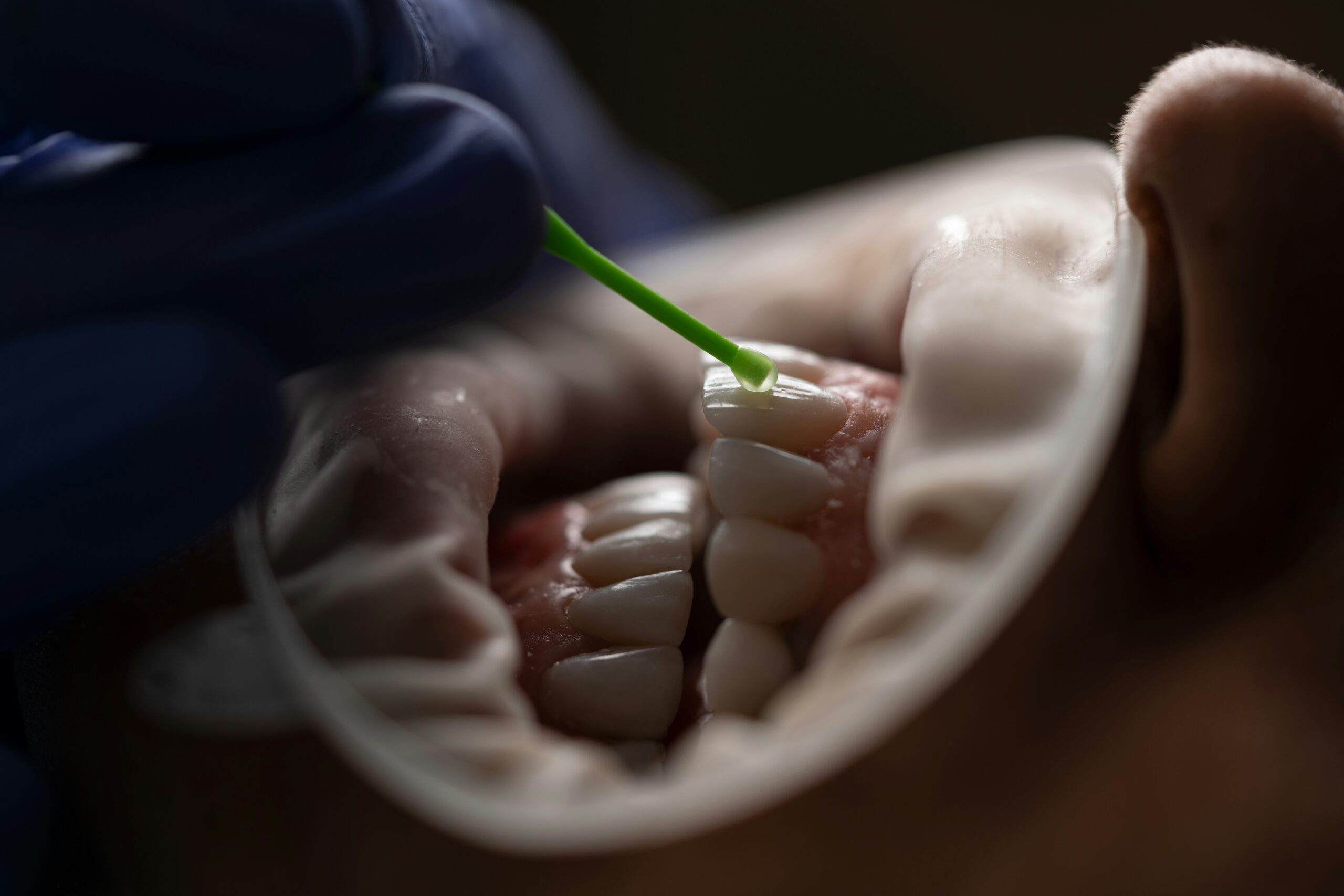Front tooth fillings are a common dental procedure used to restore the appearance and functionality of teeth that have been damaged by decay or trauma. Unlike fillings for back teeth, which are often more about function than appearance, front tooth fillings require a meticulous approach to ensure both aesthetic and structural integrity. Here’s what you need to know about front tooth fillings, including why they’re necessary, the types available, and how to care for them.
Why Front Tooth Fillings Are Necessary
Front teeth, or incisors and canines, are not only crucial for biting and chewing but also play a significant role in your smile. When these teeth suffer from cavities, cracks, or other forms of damage, it can impact both their function and appearance. Fillings are used to restore these teeth to their original shape and color, ensuring they blend seamlessly with your natural teeth. They help prevent further decay, protect the tooth from additional damage, and maintain your oral health.
Types of Front Tooth Fillings
- Composite Resin Fillings: These are the most popular choice for front teeth. Composite resins are tooth-colored materials that can be molded to match the natural contours of your tooth. They bond directly to the tooth structure, providing a natural appearance and durability. Composite fillings are ideal for minor to moderate decay or damage and are often chosen for their aesthetic benefits.
- Porcelain Fillings: Also known as inlays or onlays, porcelain fillings are custom-made and can provide a highly natural look. They are durable and resistant to staining, making them a great choice for long-term aesthetic results. Porcelain fillings are typically used for larger restorations or when a more durable solution is needed.
- Glass Ionomer Fillings: This type of filling releases fluoride, which can help protect the tooth from further decay. Glass ionomer fillings are less aesthetic compared to composite resin or porcelain but can be a viable option for areas where appearance is less critical, or as a temporary solution.
The Procedure for Getting a Front Tooth Filling
- Assessment and Preparation: Your dentist will first examine the tooth using X-rays and a visual inspection to determine the extent of the damage or decay. The tooth will then be cleaned and prepared. For composite or porcelain fillings, the dentist will remove the damaged areas and shape the tooth to receive the filling.
- Filling Application: For composite fillings, the dentist applies the resin in layers, curing each layer with a special light. For porcelain fillings, an impression of your tooth is taken, and a custom filling is made in a lab before being fitted. Glass ionomer fillings are applied directly to the prepared tooth.
- Finishing Touches: Once the filling is in place, the dentist will shape and polish it to ensure it blends well with the surrounding teeth and fits comfortably in your bite.
Aftercare and Maintenance
Proper care of your front tooth filling is essential to ensure its longevity and maintain your oral health:
- Good Oral Hygiene: Brush your teeth twice daily with fluoride toothpaste and floss regularly to prevent decay around the filling.
- Regular Dental Checkups: Visit your dentist regularly to monitor the condition of the filling and your overall oral health.
- Avoid Staining Foods: Be cautious with foods and beverages that can stain your fillings, especially composite resin ones.
- Protect Against Damage: If you grind your teeth or have other issues that might affect your fillings, discuss protective measures with your dentist.




